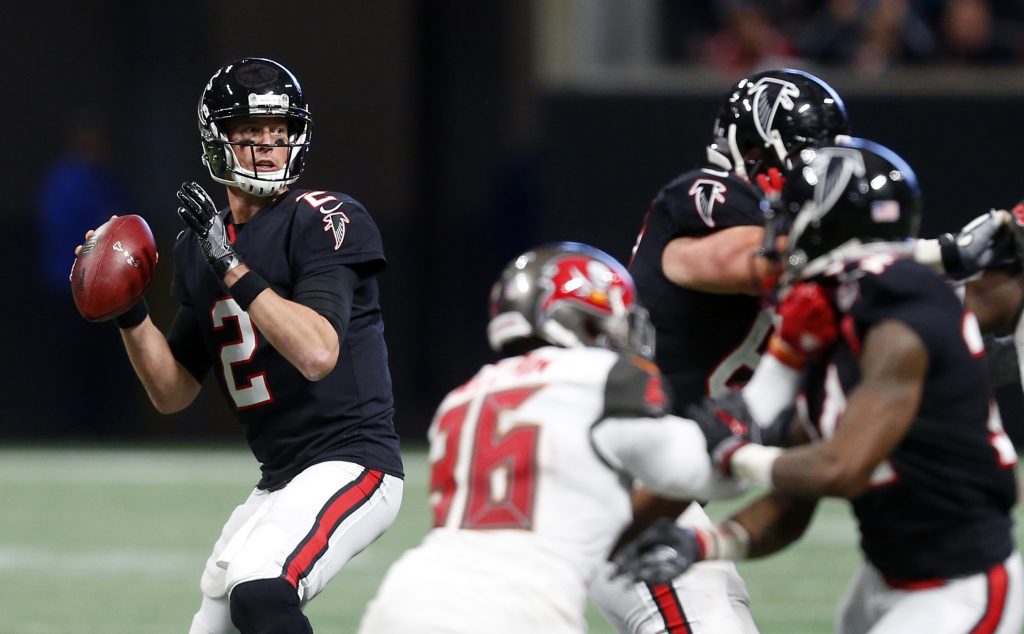Could I get a link to that?
The black-and-white world of what should have been is only part of the divergence of the PFF grades from conventional statistics. Not all 20-yard completions are equal, even if the yardage gained is, and the resulting passer rating, etc. Quarterbacks can be heavily reliant on yards after the catch from their receivers to generate their production, and other players have to carry the passing offense far more by themselves.
The difference in how much of a quarterback’s passing yardage comes in the air can be huge. This season just 44.2 percent of
Brett Hundley’s yardage came in the air, while the rest was the work of receivers after the catch. That was the lowest mark in the NFL. His average depth of target was 7.8 yards, despite taking 36 deep shots across 10 games of significant snaps.
At the other end of the scale, 65.1 percent of
Jameis Winston’s yardage came with the ball in the air, 63.9 percent for
Carson Wentz. Winston’s average depth of target was 11.1 yards, or 3.3 yards further down field than Hundley every time he attempted a pass on average. No matter how you quantify it, Winston was being asked to do significantly more with the football than Hundley.
Quarterbacks can of course influence yards after the catch, as impressive ball placement can allow receivers to catch passes without breaking stride, gaining additional yardage they wouldn’t have been able to, if they were forced to stop or adjust significantly to an errant pass. The grading accounts for these differences in accuracy, as what would ordinarily have been positively graded passes can lose some positive grade if the pass was inaccurate enough that it caused substantial yards to be left on the table because of the adjustment it forced.
Next comes the ball placement aspect — how much the same completion asks of the receiver versus being presented to him on a plate. Not all jump balls are alike, and some are really all about the adjustment from the receiver or the work he does to just take the ball away from a defender covering him. While a certain intangible credit can be given to quarterbacks for giving top receivers a chance to make a play, the play they actually make doesn’t make a poorly placed throw any better. (True jump balls are completed about 20 percent of the time.)
On the other hand, there are jump balls that don’t give a defensive back an opportunity to make a play, but require an impressive one from the receiver to reward the gamble. These nuances in ball placement and the reliance on receivers to complete their end of the play or defensive backs to fail to take advantage of their opportunities are another reason why statistics often just do not capture with accuracy what the quarterback did as opposed to what it resulted in.

Defining the PFF Grading System: Big-time throws and turnover-worthy throws
Now that we have a basic understanding of the PFF grading system, we can define the throw grades into different buckets.
https://www.profootballfocus.com/news/category/nflKind of weird-- I cant count the number of "big Time" downfield NFL throws he has made this year that have amazed even the announcers.

